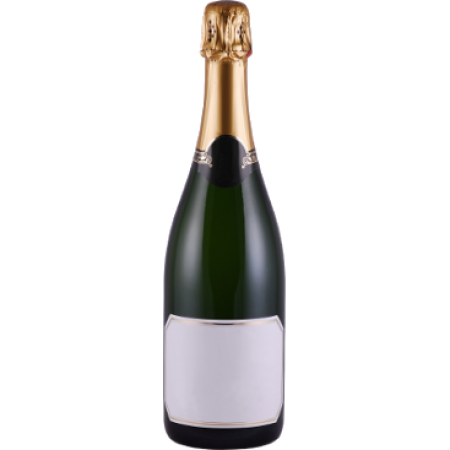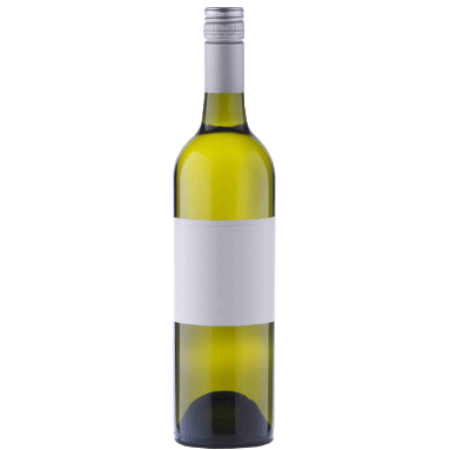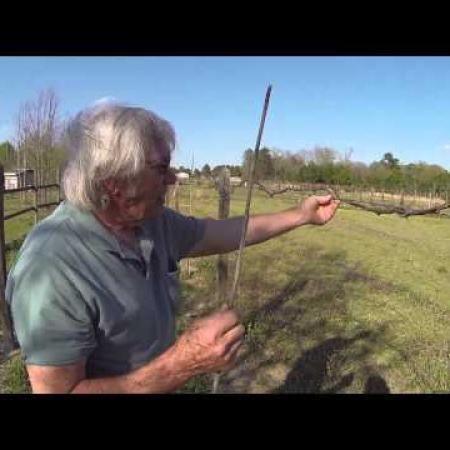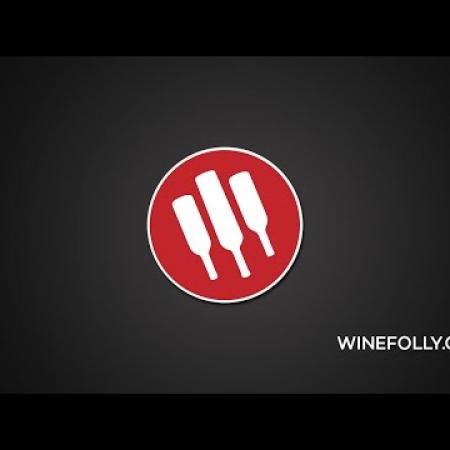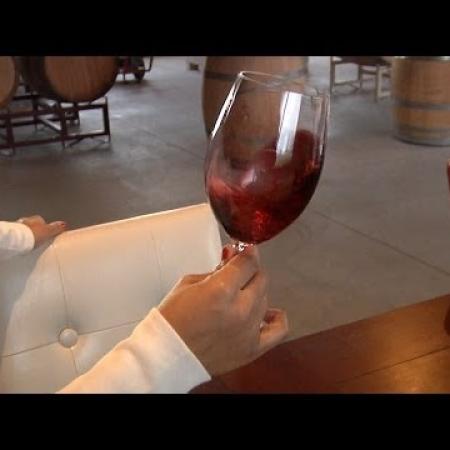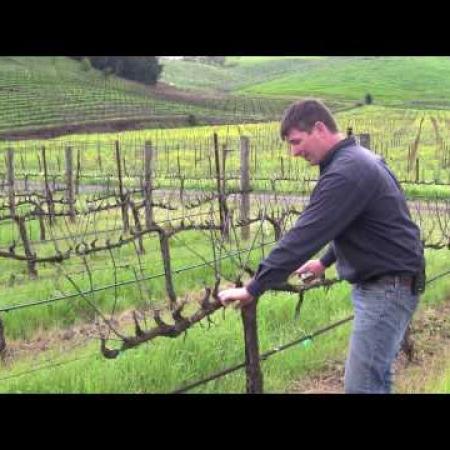Guide to Wine Tasting
Wine Tasting / Assessment of Wines
From www.winegrowers.info
“Quality”: an objective standard of excellence, with an absence of technical faults. Judgment of “quality” is a composite response to the sensory properties (of a wine), based on our expectations which have been developed from our previous experiences (with a wide range of wines) and our personal preferences. This judgment is an individual response, since no two people integrate the individual attributes in quite the same way, and is limited by the state/ability of our senses on the occasion.
Wine assessment, a search for “quality”, is an attempt to negotiate the territory between objective standards and personal preferences.
The following method is a development of various standard 20-point schemes, with precise points of assessment which will as far as possible enable the real quality of each wine to be judged, objectively and with consistency, minimising the influences of taster's personal preferences regarding sweetness, acidity, alcohol, oakiness or strong flavours.
Wines/temperature: white/rosé wines served at 12-14°C, red wines at 16-18°C, sparkling wines at 8-10°C.
Glasses: ISO tasting glasses, one glass for each wine; to avoid carry-over flavours.
Classes:
- Class 1 - Sparkling wines
- Class 2 - Dry white wines (0-9 g/l residual sugar)
- Class 3 - Medium-dry white wines (9-18 g/l residual sugar)
- Class 4 - Medium/sweet white wines (over 18 g/l residual sugar)
- Class 5 - Rosé wines
- Class 6 - Red wines
Sequence of tasting: in class order.
Within classes 2, 3 and 4, the wines should be ordered/presented in groups/flights to avoid clash of flavours which tire the palate - Riesling group, then Neutral group, Müller-Thurgau group, Bouquet group, then Oak-aged wines. For details and a list of the vine-varieties in each group see page 5. For wines that are a blend of two or more varieties, winemakers should state which group they feel their wine should be in.
Medal ratings:
- Bronze = 14.0-15.9
- Silver = 16.0-17.9
- Gold = 18.0-20
- Commendation = 13.0-13.9
- unacceptable = below 11.0
Tasting scheme: wines to be assessed as follows, no half points to be awarded else it would effectively be a 40-point scheme. There are slightly different schemes for white, red and sparkling wines.
Wine Assessment - White Wines:
Appearance (4 points):
Colour: poor (eg. badly oxidised) = 0 good/attractive = 1
Body/weight/fluidity/limpidity/vinosity: watery = 0 good vinosity (some tears/legs) = 1
Clarity/brilliance: dull/cloudy/hazy = 0 clear/bright = 1 star bright/brilliant = 2
Nose/Smell (6 points):
Cleanness: unpleasant/faulty (eg H2S, mercaptans) = 0 fresh/clean = 1 Fineness/finesse: unattractive = 0 pleasant = 1 fine/harmonious = 2 complex/sophisticated/very fine = 3
Intensity: insignificant/faulty = 0 weak/fading = 1 persistent = 2
Taste (10 points): Cleanness/purity: oxidised/excess SO2 or CO2 = 0 coarse/clumsy/cloying/just acceptable = 1 delicate/fresh/smooth/pure = 2 Character/personality/finesse: astringent/bitter/unpleasant = 0 thin/weak/undistinguished = 1 pleasant/interesting/fine = 2 complex/sophisticated/very fine = 3
Harmony/balance/structure: bland/over acidic/spiky = 0 balanced acidity/harmonious = 1 harmonious and well structured = 2
Persistence/duration/length/finish/aftertaste: insignificant = 0 short = 1 long lasting = 2 persisting complexity = 3
Wine Assessment - Red Wines:
Appearance (4 points):
Colour: poor = 0 good/attractive = 1 very good/exciting = 2
Body/weight/fluidity/limpidity/vinosity: thin = 0 good weight = 1
Clarity/brilliance: dull = 0 clear/bright = 1
Nose/Smell (6 points):
Cleanness: unpleasant/faulty (eg H2S, mercaptans) = 0 fresh/clean = 1
Fineness/finesse: unattractive = 0 pleasant = 1 fine/harmonious = 2 complex/sophisticated/very fine = 3
Intensity: insignificant/faulty = 0 weak/fading = 1 persistent = 2
Taste (10 points):
Cleanness/purity: oxidised/excess SO2/impure = 0 coarse/clumsy/cloying/just acceptable = 1 smooth/pure = 2
Character/personality/finesse: astringent/bitter/unpleasant = 0 thin/weak/undistinguished = 1 pleasant/interesting/fine = 2 complex/sophisticated/very fine = 3
Harmony/balance/structure: too bland/over acidic/too oaky = 0 balanced/harmonious = 1 harmonious and well structured = 2
Persistence/duration/length/finish/aftertaste: insignificant = 0 short = 1 long lasting = 2 persisting complexity = 3
Wine Assessment - Sparkling Wines:
Appearance (5 points):
Clarity/brilliance: dull/cloudy/hazy = 0 clear/bright = 1
Size of bubbles: very large or few bubbles = 0 medium size bubbles = 1 small bubbles = 2
Persistence of bubbles: short (less than 10 minutes) = 0 moderate = 1 long lasting = 2
Nose/Smell (6 points):
Cleanness: unpleasant/faulty (eg H2S, mercaptans) = 0 fresh/clean = 1
Fineness/finesse: unattractive = 0 pleasant = 1 fine/harmonious = 2 complex/sophisticated/very fine = 3
Intensity: insignificant/faulty = 0 weak/fading = 1 persistent = 2
Taste (9 points):
Cleanness/purity: oxidised/excess SO2 or CO2 = 0 coarse/clumsy/cloying/just acceptable = 1 delicate/fresh/smooth/pure = 2
Character/personality/finesse: astringent/bitter/unpleasant = 0 thin/weak/undistinguished = 1 pleasant/interesting/fine = 2 complex/sophisticated/very fine = 3
Harmony/balance/structure: bland = 0 harmonious and well structured = 1
Persistence/duration/length/finish/aftertaste: insignificant = 0 short = 1 long lasting = 2 persisting complexity = 3
Grouping of Vine Varieties by Style of Wine
This is compiled from German sources, with the inclusion of some French varieties that are grown in England and Wales.
Riesling group: racy, fruity wines with notable acidity. Riesling,Ehrenfelser, Kerner, Kernling, Hölder.
Neutral/Silvaner group: fresh, neutral wines with fine delicate bouquet. Auxerrois, Chardonnay, Elbling, Faberrebe, Freisamer, Gutenborner, Madeleine Angevine, Optima, Orion, Pinot blanc, Pinot gris, Reichensteiner, Seyval, Silva, Silvaner.
Müller-Thurgau group: flowery, mild wines with discreet bouquet. Bacchus, Chasselas, Findling, Müller-Thurgau, Phoenix, Regner.
Bouquet/Traminer group: soft wines with rich/intense aromatic bouquet and lasting powerful flavour.
Gewürztraminer, Huxelrebe, Kanzler, Mireille, Morio-muskat, Muskateller, Ortega, Scheurebe, Schönburger, Senator, Siegerrebe, Würzer.
Red-Burgundy group: strong ruby red colour, fine aroma, warm, velvety and full-bodied. Pinot noir, Domina, Frühburgunder, Pinot meunier, Limberger, St Laurent.
Red-Portugieser group: mild, light, ruby red wines. Portugieser, Helfensteiner, Heroldrebe, Rotberger, Trollinger.
Dark Red group: red juice varieties. Dornfelder, Dunkelfelder, Léon Millot, Triomphe d'Alsace, Rondo, Regent.



